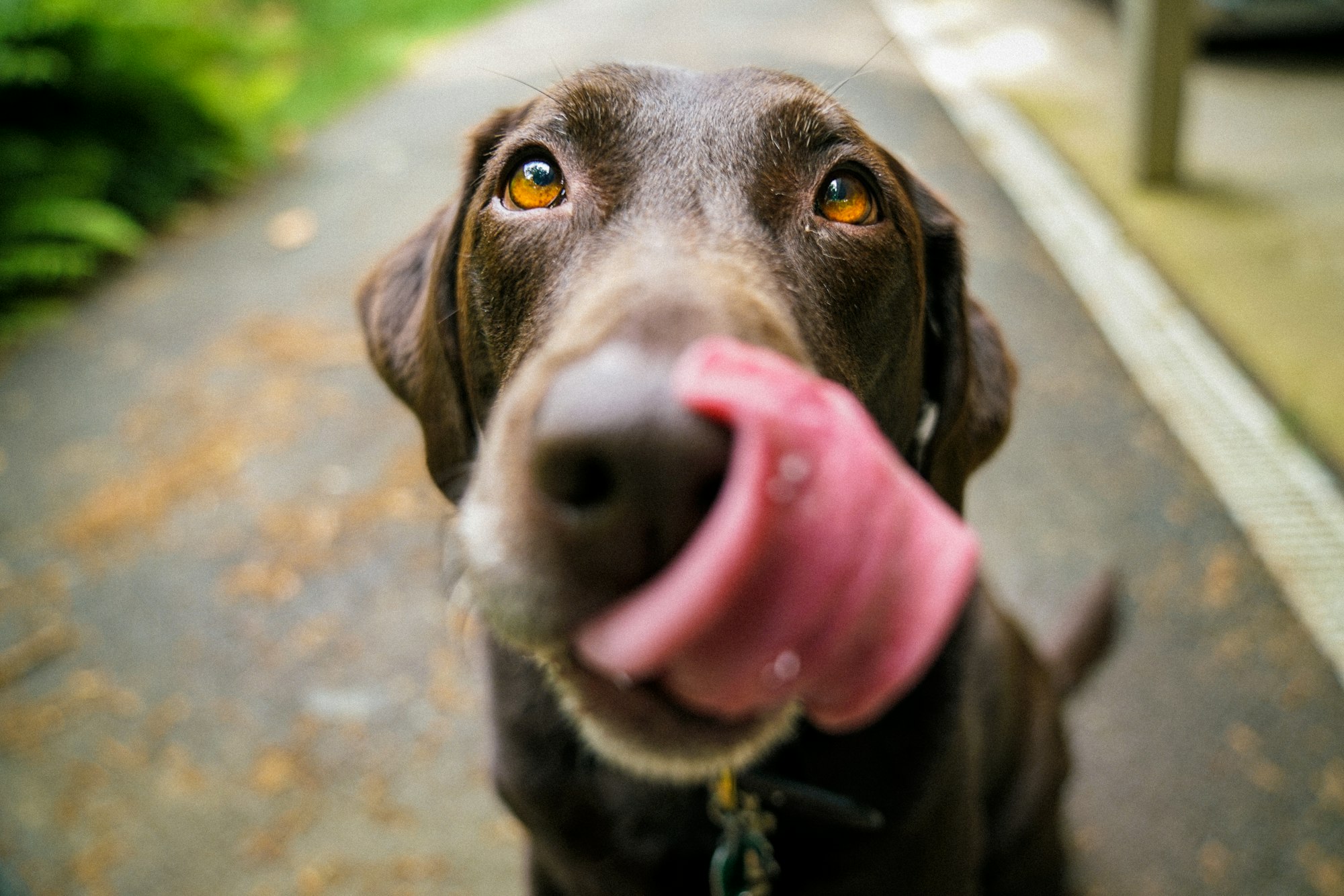Cancer is a disease that can affect dogs of all ages and breeds. It is important for dog owners to be aware of the signs of cancer, as early detection can greatly increase the chances of successful treatment. While some types of cancer can be difficult to detect, there are several signs that dog owners can look out for.
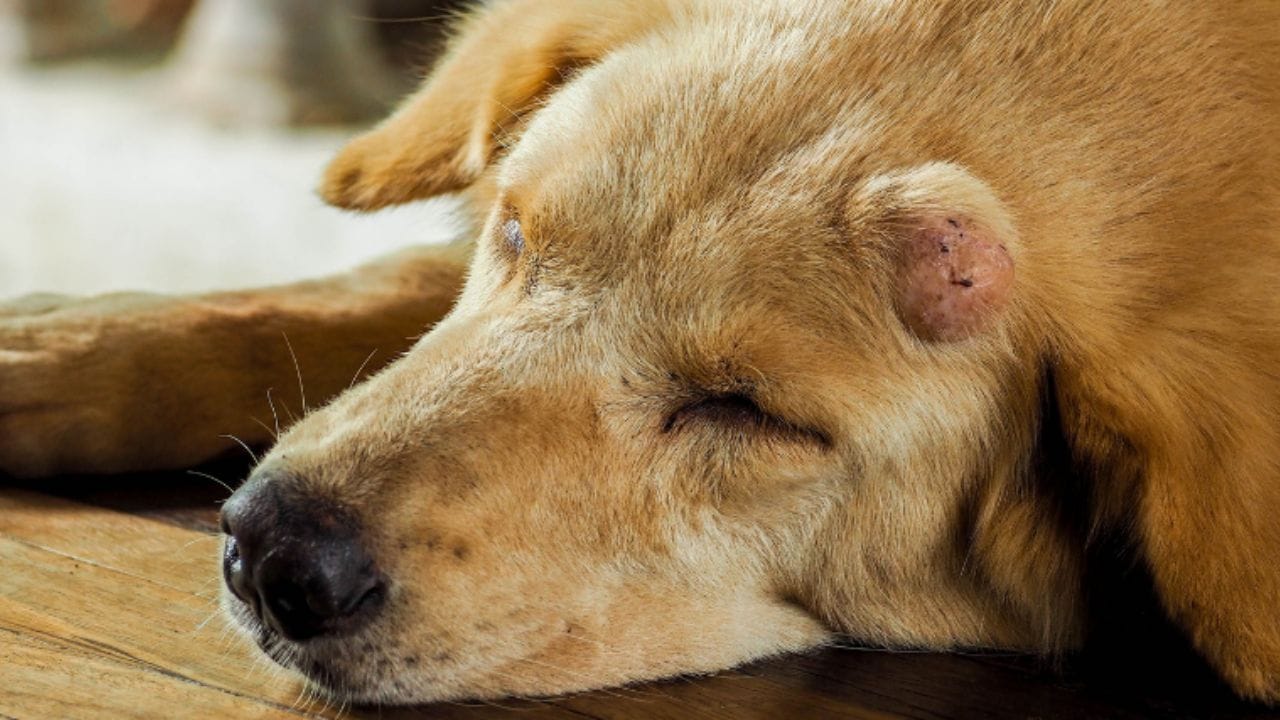
One of the most common signs of cancer in dogs is the presence of lumps or bumps on the body. While not all lumps are cancerous, it is important to have any new or unusual lumps checked by a veterinarian. Other signs of cancer in dogs include weight loss, loss of appetite, lethargy, and difficulty breathing. In some cases, dogs with cancer may also experience vomiting or diarrhea.
It is important to note that not all dogs with cancer will exhibit the same signs, and some dogs may not show any signs at all. Regular check-ups with a veterinarian can help to detect cancer early, before symptoms become severe. If you suspect that your dog may have cancer, it is important to seek veterinary care as soon as possible.
Recognizing the Signs of Cancer in Dogs
Cancer is a serious and often life-threatening disease that can affect dogs of any age, breed, or gender. While there is no definitive way to prevent cancer in dogs, recognizing the early warning signs can help you seek prompt veterinary care and increase the chances of successful treatment. Here are some of the most common signs of cancer in dogs:
Unusual Lumps and Swellings
One of the most noticeable signs of cancer in dogs is the presence of unusual lumps or swellings on their body. These can be located anywhere on the body, including under the skin, in the mouth or throat, or even in the abdomen. If you notice any new or unusual lumps on your dog's body, it is important to have them checked by a veterinarian as soon as possible.

Sudden Weight Loss
Dogs with cancer may experience sudden and unexplained weight loss, even if they are eating normally. This can be a sign that the cancer is affecting their digestive system or metabolism. If your dog is losing weight without any obvious explanation, it is important to have them evaluated by a veterinarian.
Lack of Appetite
Cancer can also cause dogs to lose their appetite or have difficulty eating. This can be due to pain or discomfort in the mouth or throat, or as a side effect of chemotherapy or other cancer treatments. If your dog is not eating or seems to be having difficulty eating, it is important to have them examined by a veterinarian.
Abnormal Discharges
Dogs with cancer may also experience abnormal discharges from their body, such as blood from the nose or mouth, or discharge from the eyes or ears. These can be signs that the cancer is affecting the dog's respiratory or other systems. If you notice any abnormal discharges, it is important to have your dog evaluated by a veterinarian.
Persistent Sores or Skin Changes
Cancer can also cause persistent sores or changes in the skin, such as redness, swelling, or flakiness. These can be signs that the cancer is affecting the dog's skin or immune system. If you notice any persistent sores or changes in your dog's skin, it is important to have them examined by a veterinarian.
Difficulty Breathing or Coughing
Cancer can also affect the dog's respiratory system, causing difficulty breathing or persistent coughing. If your dog is having difficulty breathing or seems to be coughing more than usual, it is important to have them evaluated by a veterinarian.
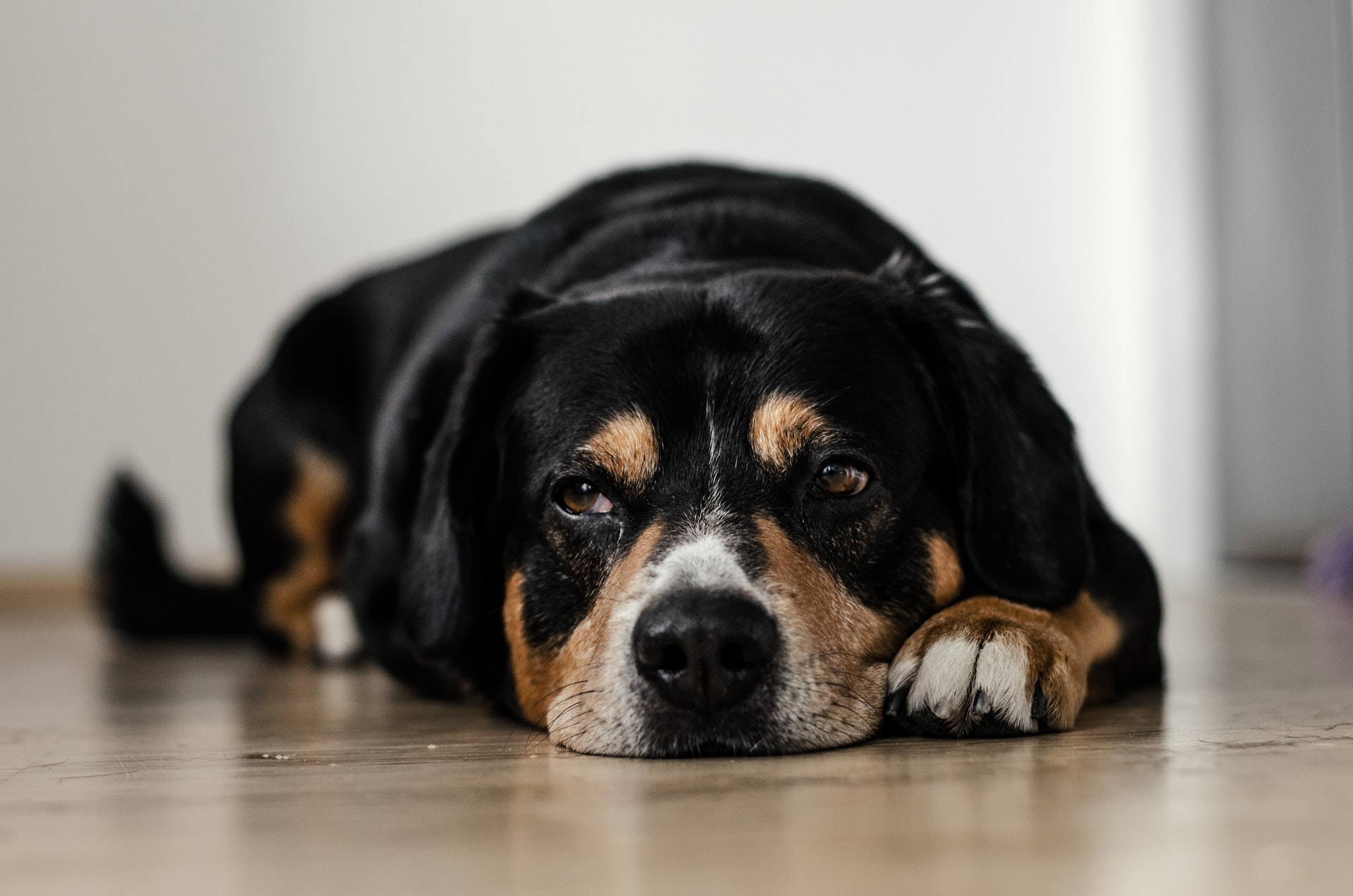
Lethargy and Loss of Stamina
Dogs with cancer may also experience lethargy or a loss of stamina, even if they are not exercising or playing as much as usual. This can be a sign that the cancer is affecting their energy levels or metabolism. If your dog seems to be more lethargic than usual, it is important to have them evaluated by a veterinarian.
Changes in Bathroom Habits
Cancer can also affect the dog's urinary or digestive systems, causing changes in their bathroom habits. This can include difficulty urinating or defecating, or changes in the color or consistency of their urine or stool. If you notice any changes in your dog's bathroom habits, it is important to have them evaluated by a veterinarian.
In conclusion, recognizing the signs of cancer in dogs can be crucial for prompt diagnosis and treatment. If you notice any of the above signs in your dog, it is important to have them evaluated by a veterinarian as soon as possible.
Understanding Canine Cancer
Cancer is a common disease in dogs, and it can be a devastating diagnosis for pet owners. Understanding the basics of canine cancer can help pet owners recognize the signs of the disease and seek treatment as early as possible.
Types of Cancer in Dogs
There are many types of cancer that can affect dogs, just like in humans. The most common types of cancer in dogs include:
- Lymphoma: This is a cancer of the lymphatic system, which is part of the immune system. Lymphoma is one of the most common types of cancer in dogs, accounting for up to 20% of all canine cancers.
- Mast Cell Tumors: These are a type of skin cancer that can develop anywhere on the body. Mast cell tumors are one of the most common skin tumors in dogs.
- Osteosarcoma: This is a type of bone cancer that usually affects the long bones of the legs. Osteosarcoma is more common in large and giant breeds of dogs.
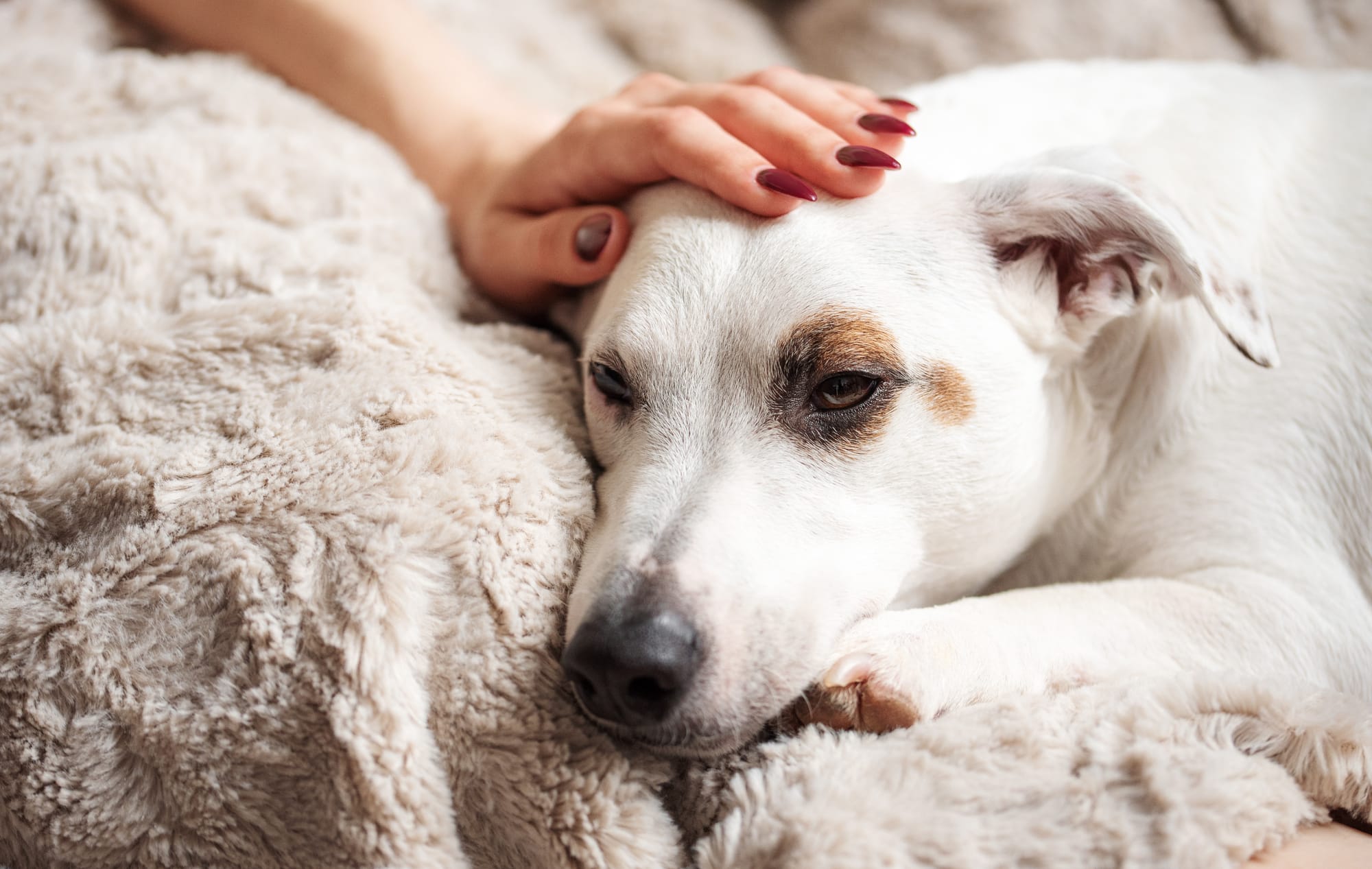
Causes of Canine Cancer
The exact causes of cancer in dogs are not fully understood, but there are several factors that may increase a dog's risk of developing the disease. These include:
- Age: As dogs get older, their risk of developing cancer increases.
- Genetics: Certain breeds of dogs are more prone to certain types of cancer. For example, Golden Retrievers are more likely to develop lymphoma.
- Environmental factors: Exposure to certain chemicals and toxins may increase a dog's risk of developing cancer.
The Biology of Cancer in Dogs
Cancer is a disease of uncontrolled cell growth. Normally, cells in the body grow and divide in a controlled way, but in cancer, cells divide uncontrollably and can form tumors.
Cancer can spread to other parts of the body through a process called metastasis. When cancer cells break away from the original tumor and travel to other parts of the body, they can form new tumors and cause damage to organs and tissues.
In conclusion, understanding the basics of canine cancer can help pet owners recognize the signs of the disease and seek treatment as early as possible. While the exact causes of cancer in dogs are not fully understood, there are several factors that may increase a dog's risk of developing the disease.
Diagnosing Cancer in Your Dog
When it comes to diagnosing cancer in your dog, there are various methods that veterinarians use to determine if your dog has cancer. This section will discuss the different methods used to diagnose cancer in dogs.
Veterinary Examinations
The first step in diagnosing cancer in your dog is a thorough veterinary examination. During the examination, the veterinarian will look for any signs of cancer, including lumps, bumps, and swelling. They will also check your dog's lymph nodes, which can be an indication of cancer.
Diagnostic Tests
If the veterinarian suspects that your dog has cancer, they may recommend diagnostic tests to confirm the diagnosis. These tests can include blood tests, X-rays, ultrasounds, and CT scans. These tests can help the veterinarian determine the location and extent of the cancer.
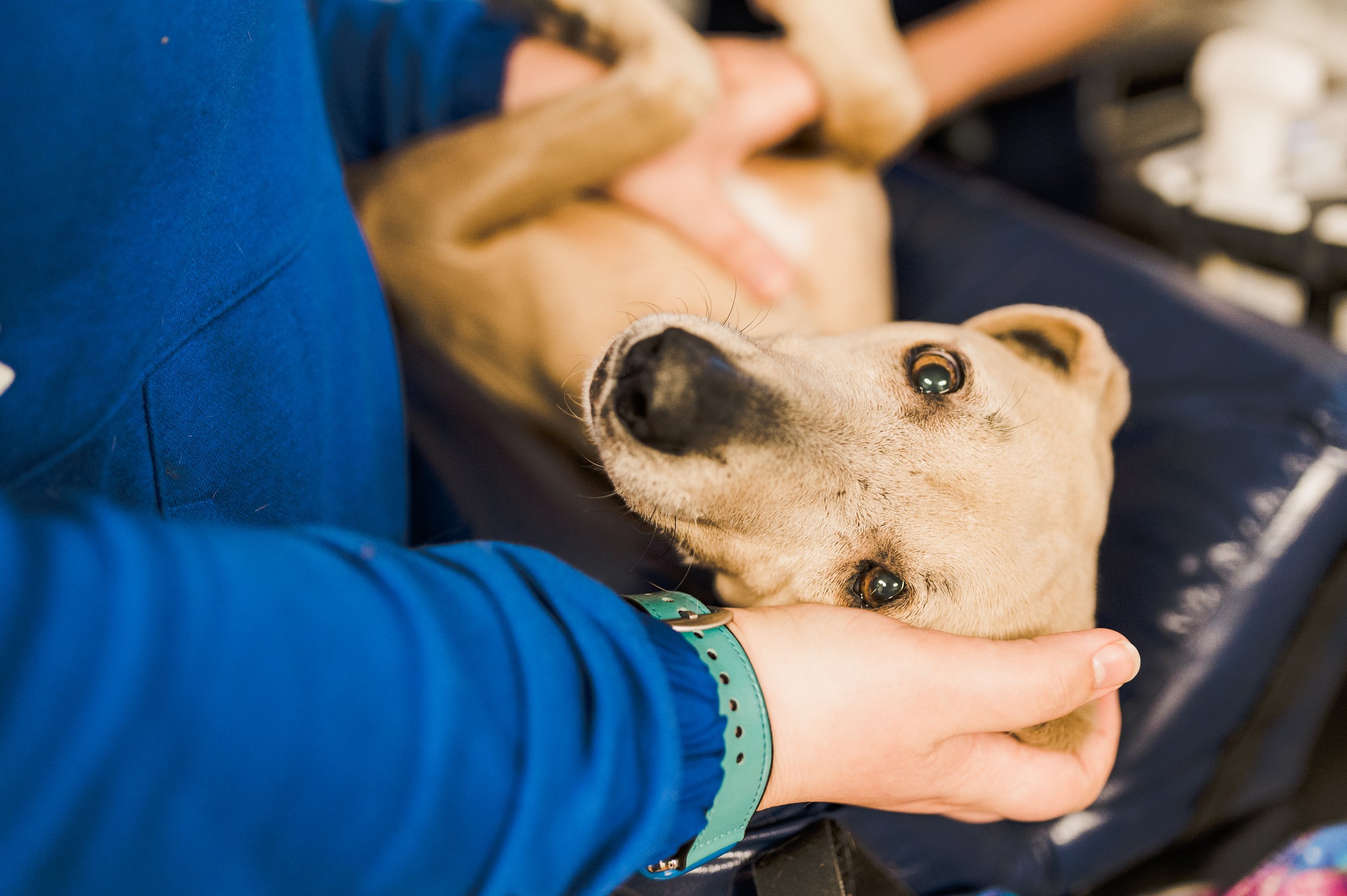
Biopsies and Histopathology
If the diagnostic tests confirm that your dog has cancer, the veterinarian may perform a biopsy to determine the type of cancer. During a biopsy, the veterinarian will remove a small sample of tissue from the affected area and send it to a laboratory for analysis. The laboratory will examine the tissue under a microscope to determine the type of cancer and how aggressive it is. This process is called histopathology.
In conclusion, diagnosing cancer in your dog can be a complex process that requires a combination of veterinary examinations, diagnostic tests, and biopsies. If you suspect that your dog has cancer, it's important to seek veterinary care as soon as possible. Early detection and treatment can improve your dog's chances of a successful recovery.
Treatment Options for Canine Cancer
When a dog is diagnosed with cancer, there are several treatment options available. The best option for your dog will depend on the type of cancer, the stage of the disease, and your dog's overall health.
Surgery
Surgery is often the first treatment option for canine cancer. It involves removing the tumor or cancerous cells from the body. Surgery is most effective when the cancer has not spread to other parts of the body. Depending on the size and location of the tumor, surgery may be curative or may be used to alleviate symptoms and improve quality of life.
Chemotherapy
Chemotherapy is the use of drugs to kill cancer cells. It is often used in conjunction with surgery or radiation therapy. Chemotherapy can be administered orally or through injection. The drugs used in chemotherapy can cause side effects, including nausea, vomiting, and hair loss. However, many dogs tolerate chemotherapy well and experience a good quality of life during treatment.
Radiation Therapy
Radiation therapy uses high-energy radiation to kill cancer cells. It is often used in combination with surgery or chemotherapy. Radiation therapy can be administered externally or internally. External radiation therapy involves directing a beam of radiation at the tumor from outside the body. Internal radiation therapy involves placing a radioactive source inside the body near the tumor. Radiation therapy can cause side effects, including skin irritation, fatigue, and loss of appetite.
Immunotherapy
Immunotherapy is a relatively new treatment option for canine cancer. It involves using the body's immune system to fight cancer cells. Immunotherapy can be administered through a vaccine or through drugs that activate the immune system. Immunotherapy can be used in conjunction with other treatment options, such as surgery or chemotherapy.

In conclusion, there are several treatment options available for canine cancer, including surgery, chemotherapy, radiation therapy, and immunotherapy. The best option for your dog will depend on the type of cancer, the stage of the disease, and your dog's overall health. It is important to work closely with your veterinarian to develop a treatment plan that is right for your dog.
Managing Your Dog's Quality of Life
Pain Management
One of the most important aspects of managing a dog's quality of life while they have cancer is pain management. Dogs with cancer often experience pain, which can be managed through medication prescribed by a veterinarian. Some common medications used for pain management in dogs with cancer include nonsteroidal anti-inflammatory drugs (NSAIDs) and opioids.
Nutritional Support
Nutritional support is another important aspect of managing a dog's quality of life while they have cancer. Dogs with cancer may have a decreased appetite, which can lead to weight loss and malnutrition. To help ensure that your dog is getting the nutrients they need, you can work with a veterinarian to create a diet plan that is tailored to your dog's specific needs. This may include feeding your dog smaller, more frequent meals or offering them a special diet that is designed for dogs with cancer.
Physical and Emotional Care
In addition to pain management and nutritional support, physical and emotional care is also important for managing a dog's quality of life while they have cancer. Dogs with cancer may need extra attention and care, such as providing a comfortable place to rest, keeping them clean and comfortable, and providing them with plenty of love and attention. Additionally, providing your dog with mental stimulation, such as playing games or providing them with puzzle toys, can help keep them engaged and happy.
Overall, managing a dog's quality of life while they have cancer requires a comprehensive approach that includes pain management, nutritional support, and physical and emotional care. By working closely with a veterinarian and providing your dog with the care and attention they need, you can help ensure that they are as comfortable and happy as possible during this difficult time.

Prevention and Early Detection
Regular Veterinary Check-Ups
Regular veterinary check-ups are crucial in the early detection and prevention of cancer in dogs. During these check-ups, the veterinarian will perform a physical examination and may recommend additional diagnostic tests such as blood work or imaging to detect any abnormalities. It is recommended that dogs receive routine check-ups at least once a year, although older dogs or those with a history of health issues may require more frequent visits.
Healthy Lifestyle Choices
Maintaining a healthy lifestyle can also help prevent cancer in dogs. This includes providing a balanced diet, regular exercise, and avoiding exposure to harmful toxins such as tobacco smoke or pesticides. Additionally, spaying or neutering your dog can lower their risk of certain types of cancer, such as mammary and testicular cancer.
Awareness and Vigilance
As a dog owner, it is important to be aware of any changes in your dog's behavior or appearance that may indicate the presence of cancer. These may include lumps or bumps, changes in appetite or weight loss, lethargy, or difficulty breathing. If you notice any of these symptoms, it is important to schedule a veterinary appointment as soon as possible.
By practicing these preventative measures and remaining vigilant for any signs of cancer, dog owners can help ensure their furry companions live long and healthy lives.
Conclusion
In conclusion, cancer is a serious disease that can affect dogs of all ages and breeds. Early detection and prompt treatment are crucial for improving the chances of successful outcomes. Dog owners should remain vigilant for signs such as unusual lumps, weight loss, and changes in appetite or behavior.
Regular veterinary check-ups, maintaining a healthy lifestyle, and being aware of any abnormal symptoms are essential steps in preventing and detecting cancer early. By taking these proactive measures, dog owners can provide their pets with the best possible care, ensuring a better quality of life and potentially extending their beloved companions' lives.
